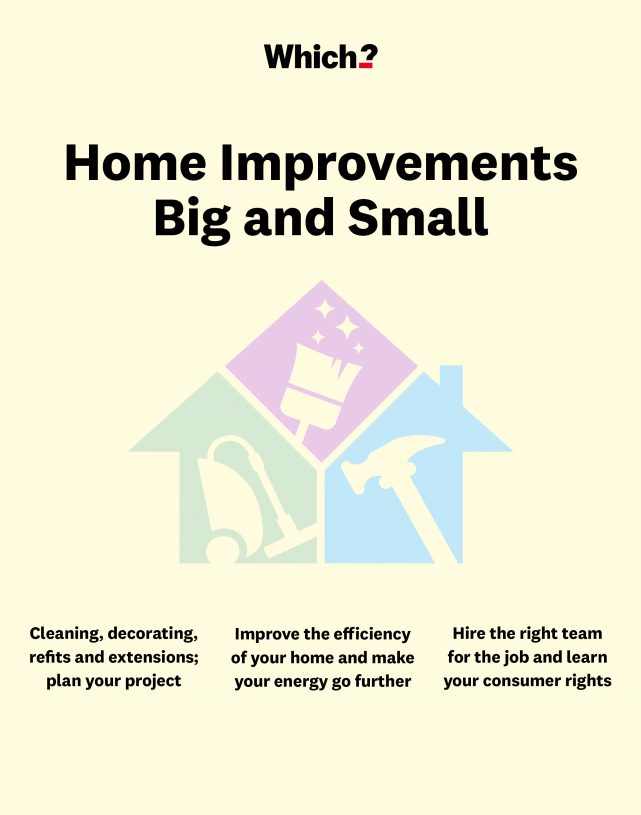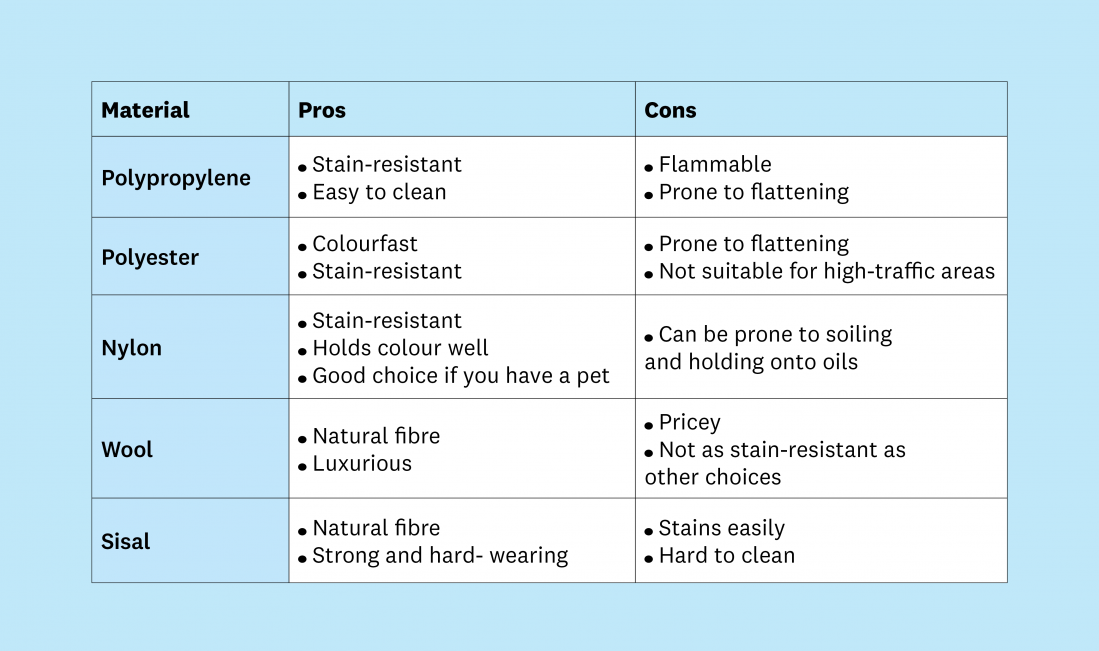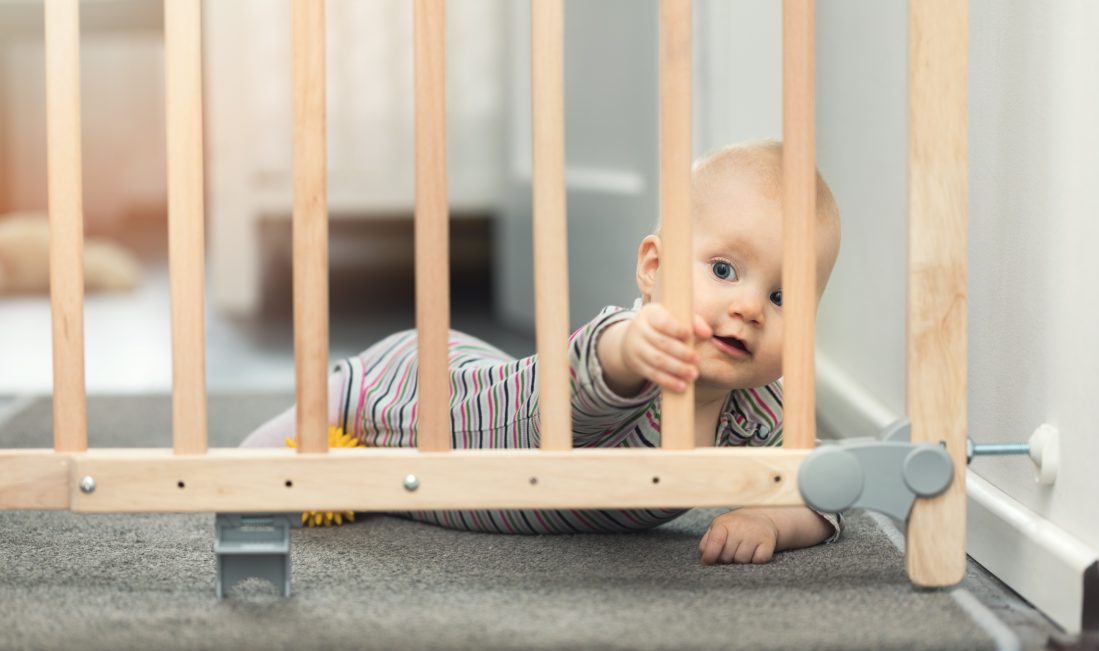User guide
Finding your way around the guide
To navigate between pages, click or tap the arrows to go forwards to the next page or backwards to the previous one. The arrows can be found either side of the page and at the bottom, too (circled in green, below).


Menu/table of contents
Click or tap on the three horizontal lines in the top-right of your screen to open the main menu/table of contents. This icon is always visible whether you're using a computer, tablet or smartphone. The menu will open on top of the page you’re on. Click on any section title to visit that section. Click the cross at any time to close the table of contents.
Text size
On a computer, you'll see three different sized letter 'A's in the top-right of your screen. On a smartphone or tablet these are visible when you open the menu (see above). If you’re having trouble reading the guide, click or tap on each of the different 'A's to change the size of the text to suit you.
Pictures
On some images you'll see a blue double-ended arrow icon. Clicking or tapping on this will expand the picture so you can see more detail. Click or tap on the blue cross to close the expanded image.
Where we think a group of images will be most useful to you, we've grouped them together in an image gallery. Simply use the blue left and right arrows to scroll through the carousel of pictures.
Links
If you see a word or phrase that's bold and dark blue, you can click or tap on it to find out more. The relevant website will open in a new tab.
Jargon
If you see a word or phrase underlined, click or tap on the word and small window will pop up with a short explanation. Close this pop-up by clicking or tapping the cross in the corner.
Help
On a computer, you'll see a question mark icon in the top-right of your screen. On a smartphone or tablet this is visible when you open the menu (see above).
Clicking or tapping on the question mark will open this user guide. It opens on top of the page you're on and you can close it any time by clicking or tapping the cross in the top-right corner.

Fabulous furnishings
Carpets feel soft underfoot, but wooden floors can be more hard-wearing – find out which will suit you best. Plus, how to increase comfort and decrease clutter in your bedroom.
There’s a huge range of options for covering your floor – wood, laminate and carpets in innumerable materials, colours and styles. We run through the pros and cons of different flooring materials, as well as how to lay wood or laminate floors or have carpet fitted on a budget, and how to keep your flooring in tip-top condition.
Heading up the stairs, we consider what to look out for when buying and using a stair gate. Then in the bedroom, we put fitted wardrobes under the spotlight. We also offer advice on how to choose and care for a mattress to aid a good night’s sleep.
Carpets
Providing warmth, comfort and a different look, a new carpet can transform a room and inject some personality or colour into your home.
Buying the right carpet
You'll find a huge selection of carpeting on offer, so consider these key points when choosing your carpet:
-
Cost – simple synthetic carpet is cheapest, while premium hand-woven designs have high price tags.
- Use and location – hallways, stairs and landings need durable carpets that are easy to clean.
- Look and feel – do you want something soft that you can sink your feet into or a firmer, flatter carpet?
Whether you opt for a synthetic carpet, like nylon, or a natural fibre, such as wool or sisal, each have their pros and cons.
Carpet material comparison

For more on how to find a carpet that’ll best suit your needs, head to our guide on how to buy the best carpet.
1. Check for remnants – ends of rolls are often highly discounted and may be just right if you have a small space.
2. Ask about discontinued stock – this is often going for a song.
3. Haggle – if your carpet is a bit too expensive for your budget, try asking for something else to be thrown in for free, such as an upgrade on underlay.
Always buy the best carpet underlay you can afford. Good underlay will not only improve the look and feel of your carpet, but it also reduces draughts, improves sound insulation and makes your carpets last longer. It may be cheaper to source your new carpet and underlay separately – see our best carpet retailers guide – but if you do this, ensure that the underlay arrives in time for the carpet fitting!
How to clean a carpet
If your carpet’s just a bit grubby rather than worn out, consider a professional clean or try sprucing it up yourself. A vacuum cleaner won’t banish stains, so here’s what a Which? Trusted Trader recommends:
- Act immediately if there’s a spill – carefully scrape, remove and blot away as much of the dirt as you can, working from the outside in to avoid spreading the stain.
- Avoid using a lot of water, or hot water, as this can make some stains worse.
- Don’t rub too aggressively, as this can damage the carpet fibres.
- Different spills require different treatment. Try our home remedies for red wine, curry and ketchup, or buy specific products – our carpet stain remover guide reveals which ones cleaned up best in our tests.
- If you have a lot of carpets in your home, it might be worth investing in your own carpet cleaner; see how to buy the best carpet cleaner for expert advice.
Vacuum regularly – this doesn’t just remove grime but helps keep the carpet tufts upright. Ensure you use the right setting as the wrong one could be useless or damaging. Investing in a doormat and removing shoes before walking on carpet both go a long way to preventing your carpet becoming grubby in the first place. If you need a new vacuum cleaner, head to our vacuum cleaner reviews to discover which ones do the best job for your budget.
Wooden floors
Laying a wooden floor
Fitting your own wooden floor is feasible if you’re accustomed to DIY and have both the time and the right tools. See our detailed step-by-step guide to find out exactly what you'll need.
If you’re hiring a professional, make sure you get price estimates from several fitters. Your retailer may be able to recommend a trusted local company.
Estimators will assume that the ‘subfloor’ below is even and that floorboards are intact and don’t creak. If this isn’t the case, expect the price of fitting to rise.
Find out what is expected of you prior to fitting. From removing your furniture from the room, to pulling up any existing carpet and ensuring the surface is clean and flat, clear guidance in advance can save stress and extra costs on the day.
Check the Which? Trusted Traders website for vetted wooden floor fitters in your area.
Looking after your wooden floor
A few easy jobs will keep your wooden floor looking its best for many years:
- A regular brush or vacuum clean will prevent dirt building up. If you leave dust and dirt, this can cause discolouration.
- Every now and then, wash the wood with a floor cleaner, but be sparing with liquid and dry the floor thoroughly.
- Clean up spills immediately. If water soaks in it can cause swelling of the wood or laminate core, which may cause boards to rise up or warp.
- Apply felt protector pads to the feet of furniture to avoid damage to the floor, especially when moving heavy chairs or tables.
- The colour of wood will change over time if it is exposed to sunlight. If you use rugs, the area that is covered will be a different shade when the rug is removed. You can limit this impact by using rugs in spots away from windows.
If your stair gate isn’t fitted correctly, it won’t do its job reliably. Follow our step-by-step instructions below to keep determined explorers safe.
- Use a screw-fit gate at the top of stairs – these tend to fit more securely than pressure-fit gates and there’s no bar that runs across the floor to create a trip hazard.
- Read the instructions carefully – check what the manufacturer says about installation and don’t just go by the retailer’s product description.
- Inspect the adhesive pads – these hold the wall cups in place on some pressure-fitted barriers. Our tests have shown that the glue can deteriorate, which then affects how well the wall cups stay in place.
- Always check an auto-close gate has shut behind you – our tests have shown this doesn’t always happen unless you let go of the gate at its widest opening position.
- Remember skirting boards – some gates need the top and bottom to be completely in line. If you have a skirting board, you may need to buy spacers to build up the gap in the wall above.
- Examine your gate regularly – check for damage and tighten any fittings or screws if needed.
Stair gates are put through rigorous tests in our independent lab and only those that are easy to install, easy to use and, crucially, safe, become Best Buy stair gates. Safety doesn’t have to come at a price, you can get a great stair gate for as little as £20.
Furnishings for your bedroom
Getting a great mattress
A decent night’s sleep is key to our wellbeing, so a good mattress is a high priority. Which? independently tests around 80 mattresses a year, so we know how well each one will support your body – and if it will stand the test of time. A good mattress keeps your spine in line and parallel to the mattress, while a poor one lets your body sink too low, is poor at stopping movement and starts sagging as it ages. Head to our Best Buy mattresses to ensure you avoid a dud.
Looking after your mattress
Our Which? consumer survey tells us that around a third of our members expect a new mattress to last for up to 10 years. To give it the best chance, it needs a little regular attention.
- Read and follow all care labels before you start.
- Strip the bed and check for new stains on the mattress.
- Gently vacuum the surface of the mattress using the upholstery attachment on your vacuum cleaner. Focus on any nooks and crannies to pick up every last bit of dust and dead skin.
- Rotate your mattress from head to toe if it's one-sided. If it's double-sided, flip it over and vacuum both sides.
- Open a window and air your mattress for a few hours.
- Remake the bed. Use a mattress protector beneath your sheet as a barrier against dust and sweat.
Check out our video on removing stubborn mattress stains.
Fitted wardrobes
A fitted wardrobe can be a game-changer in a small bedroom. These range in price from a few hundred pounds for an off-the-shelf option from B&Q or Ikea, to several thousand for a bespoke luxury wardrobe installed by a professional.
Alongside budget, consider the following when choosing your wardrobe:
- Specific clothing you want to accommodate, such as long dresses, suits and shoes.
- An integrated laundry bin or dressing table.
- How much access you need to specific sections, and how regularly.
- Whether you prefer open shelving and hanging space, or doors.
- Your colour and finish preferences.
Our guide to fitted wardrobes offers design ideas and practicality. We also asked nearly 3,000 Which? consumers to rate fitted bedroom furniture brands so you can find the best quality and value.
Our Family newsletter offers handy ways to keep your family living costs down, and kids of all ages happy.
- Navigate rising costs and make your family budget go further.
- Get ideas for fun and affordable things for the kids to do.
- Find out about our reviews of products popular with families.
- Keep up with our product safety warnings and product recalls.


